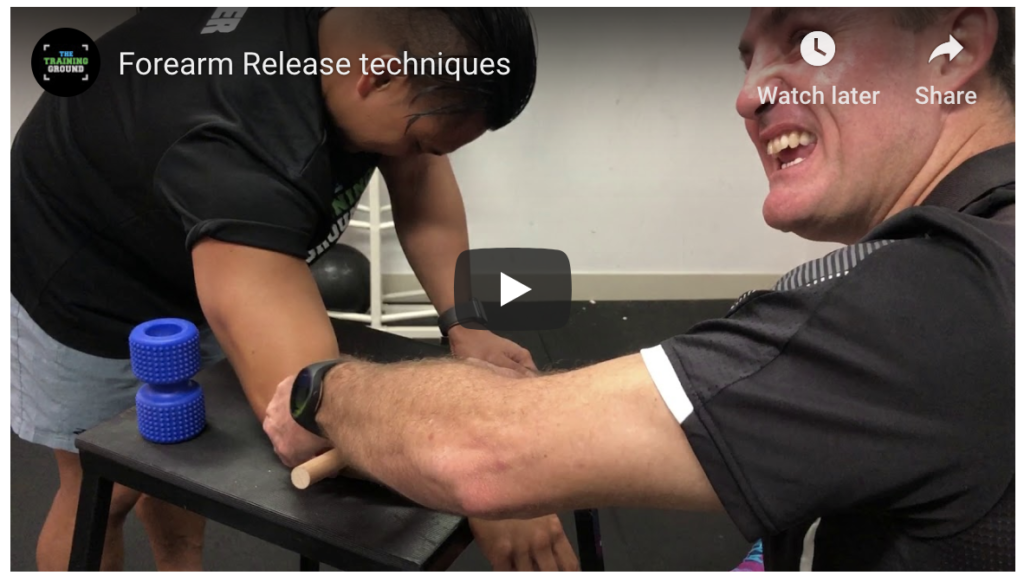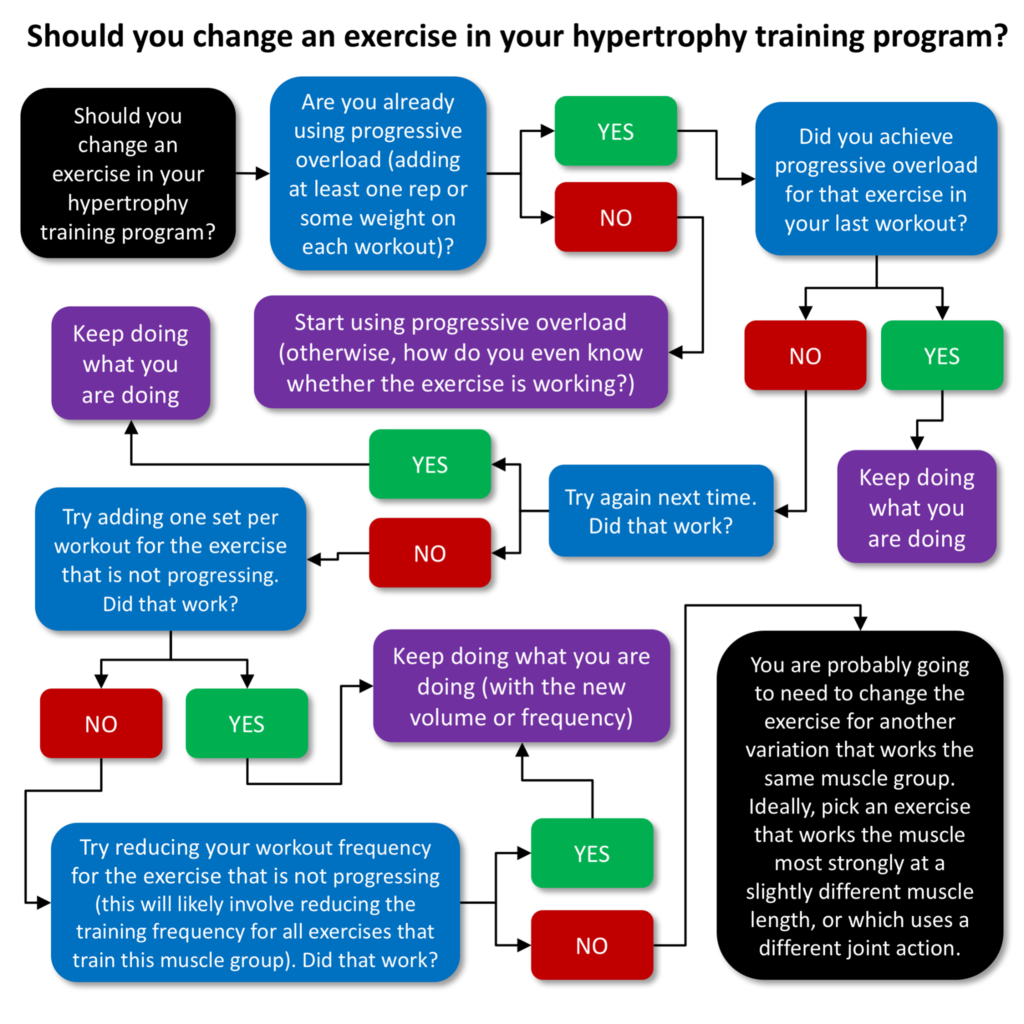This fortnight I have included an article titled ‘SYSTEMATIC REVIEW OF THE ASSOCIATION BETWEEN PHYSICAL FITNESS AND MUSCULOSKELETAL INJURY RISK: PART 3—FLEXIBILITY, POWER, SPEED, BALANCE, AND AGILITY’ which was published in the Journal of Strength and Conditioning Research 2017.
This paper looked at the association between flexibility, power, speed, balance, and agility, and musculoskeletal injury risk in military and civilian populations.
The authors discovered the following relationships:
(a) moderate evidence that hamstring flexibility (i.e. sit-and-reach test or active straight leg raise test), and ankle flexibility, are associated with elevated musculoskeletal risk.
(b) moderate evidence that lower body power (i.e. standing broad jump or vertical jump with no countermovement), is associated with elevated musculoskeletal risk.
(c) moderate evidence that slow sprint speed is associated with elevated musculoskeletal risk.
(d) moderate evidence that poor performance on a single- leg balance test is associated with increased risk for ankle sprain; and
(e) insufficient evidence that agility is associated with elevated musculoskeletal risk.
Click the link below to download and let me know what you think!
Exercise profile
In this clip, you will see some good release & activation techniques to address elbow pain. Excuse the facial expression 🙂

If you are interested in learning more about muscle imbalances like this, click the button below to check out our Rehab Express course.
Infographic – progressive overload

I really like this flow chart that highlights the fact that you don’t need to change exercises all the time when looking to achieve overload. There are many acute training variables that we can manipulate in addition to the actual exercises.
Coach resource
This fortnight’s training resources comes from Peak Performance & is titled Training for Speed, Power & Strength.
